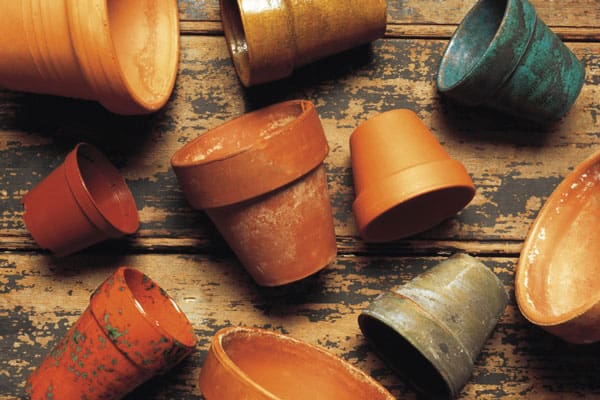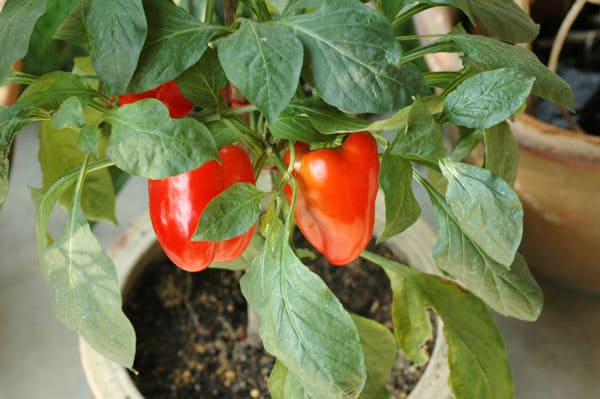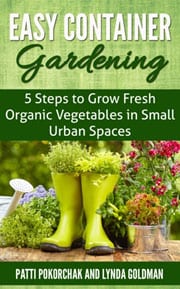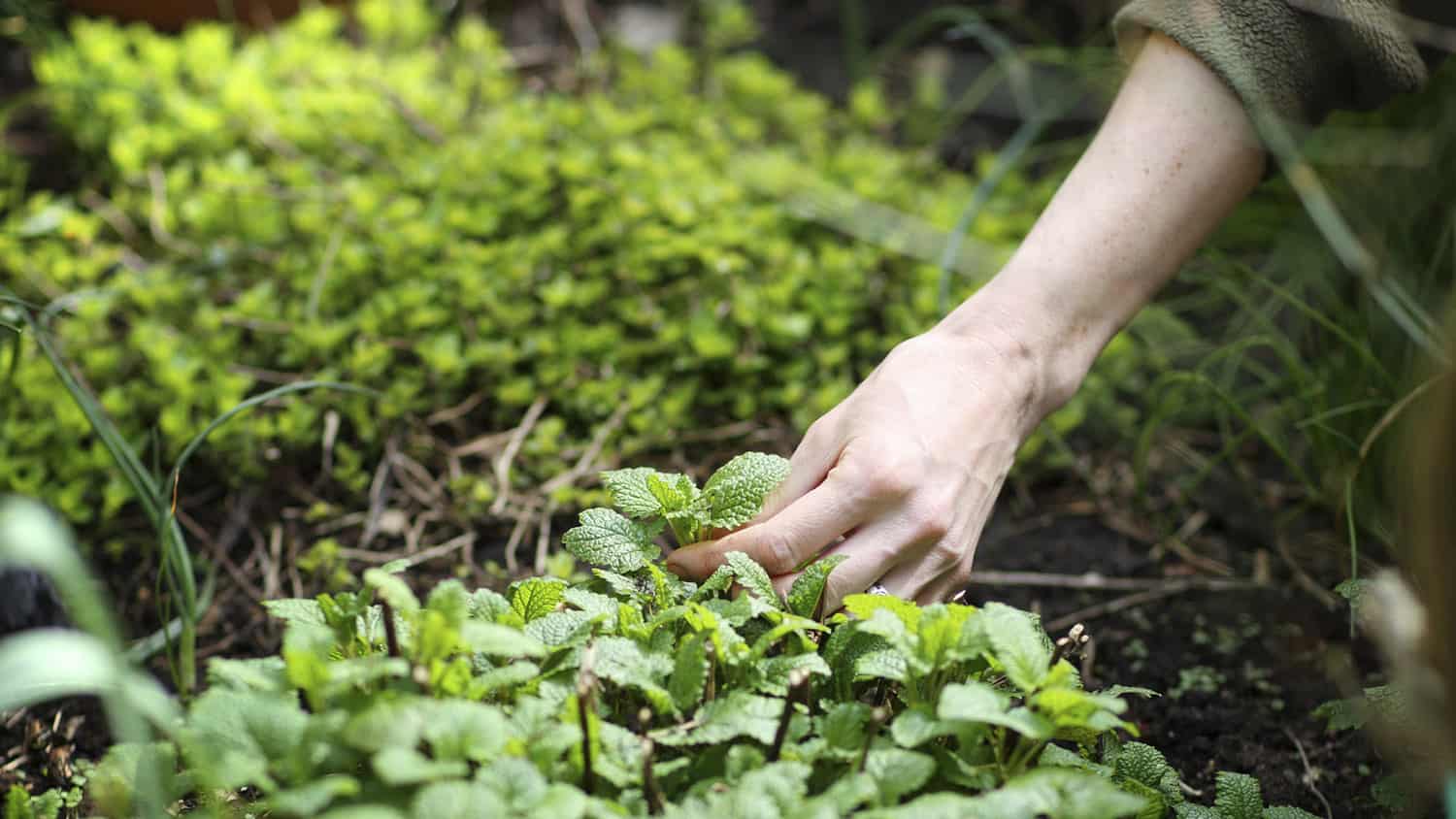
Container Gardening: 5 Steps to Growing Organic Vegetables in Small Spaces
Are you tired of red peppers and tomatoes that taste like cardboard? Do you buy organic fruits and vegetables, but wish the prices were lower?
Do you live in a condo, apartment or small space and yearn to grow your own fresh organic vegetables, but think you don’t have room?
The good news is that you can grow an edible garden right on your balcony, patio or kitchen windowsill.
Container Gardening Is Practical and Fun
Container gardening is a great way to grow your own food in a small space, so it’s perfect for apartments and condos, as well as urban homes without a huge yard.
Container gardening allows you to be creative and personal in decorating your environment. You can use recycled pots, found objects, or buy modern containers to suit your décor.
If you’re renting a place, you don’t have to leave your beloved garden behind. You can take the plants with you when you move, creating a movable feast.
You help the environment by growing food right at your home, saving the fuel costs of driving to a supermarket, and the costs of transporting your food from across the globe.
Best of all, you can eat organic food that’s grown without pesticides or herbicides. And you can avoid GMOs (Genetically Modified Organisms) by buying organic, Non-GMO seeds and seedlings.
Here are 5 easy steps to growing fresh organic veggies in containers:
Step 1: Gather Some Containers
Look for pots that work with the kinds of vegetables you want to grow. Size does matter – the bigger the better.
Clay pots are popular because they are a natural material and harmonize with most decors and foliage. Plastic pots are inexpensive and come in a range of colors. You can also use almost any household object, from an old shoe to a baby bathtub, or splurge and buy some sleek modern containers. Have fun finding funky containers that express your personality!

Step 2: Get the Right Soil at Your Local Garden Center
Soilless mixtures are inexpensive, lightweight, and free from disease and contaminates. They help the plants retain water, and also create little air pockets that help the roots breathe.
You should also mix in about 1/3 to 1/2 compost to feed your plants slowly from the roots.
You can buy commercial Triple Mix, which is ready to use. A good composition is 1/3 triple mix OR compost + 2/3 soilless mix.
Step 3: Consider Organic and Heirloom Plants
Look into ordering organic, heirloom seeds. You’ll want to buy organic to avoid pesticides and herbicides on seeds or seedlings.
In What does Heirloom Mean? Barbara Richardson, horticulturist with the National Gardening Association, explains: “Heirloom plant species are vegetables, flowers, and fruits grown from seeds that are passed down from generation to generation. Over time, growers save the seeds of their best plants – whether those are the most vigorous, disease resistant, flavorful, or beautiful.”
So if you’re planting vegetables to improve your health and increase longevity, organic heirloom plants will delight your taste buds and boost your well-being!

Step 4: Buy Your Seedlings and Start Growing
Visit your local garden center, nursery or farmer’s market to buy seedlings to transplant, to get a quick start on the season. You can ask for organic, heirloom varieties.
Start with plants that are almost foolproof, such as tomatoes, cucumber, bush beans, radishes, and leafy greens such as lettuces. There are many varieties of each plant, so ask at the nursery or farmer’s market about plants that are easy to grow in your environment.
Depending on the climate where you live, some varieties of plants will thrive without much care, while others will be more challenging. Go for what grows best in your region.
Step 5: Give Your Plants the Right Conditions to Grow
Plants need the right amount of sunlight and water. Be careful when putting your plants on balcony boxes, because the wind may dry them out more quickly. On the other hand, most people make the mistake of overwatering.
Again, ask at your local nursery, or ask your neighbors who like to garden, what kinds of plants are thriving, and how much water and sunlight they need.
Now get ready to harvest your vegetables and enjoy a big salad, fresh from your container garden!
Check out this book Easy Container Gardening: 5 Steps to Grow Fresh Organic Vegetables in Small Urban Spaces.
Also read, WHEN GARDENING IS YOUR PASSION, GROW VEGGIES INDOORS!
Let’s Have a Conversation:
Have you tried organic container gardening before? What was your experience? Please check out the book below and tell us what you think in the comments section at the end of this article.
Tags Gardening








Is it possible to move your established plants from outside to inside a garage with light when you go on vacation(week). If they are self watering and get some light from the windows, will they survive? I don’t have anyone to care for them if I leave for a week. Or, is there some other way I could keep them outside and still survive. Thanks
I live in the middle of manhattan There are no nurseries near me . I dont have neighbors who like to garden. None of us has a balcony
Do you have any sunshine coming into your home? Grow some lettuce and herbs in a pot!